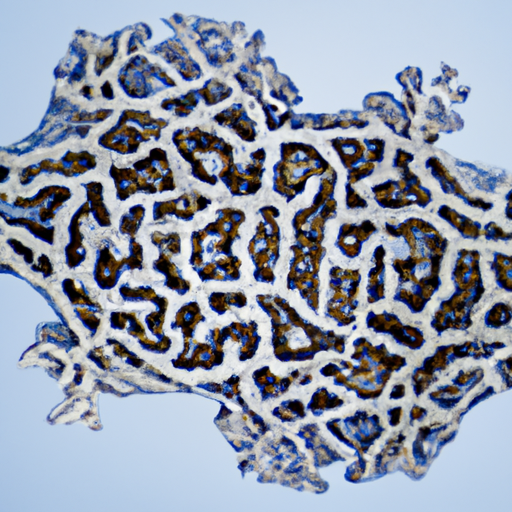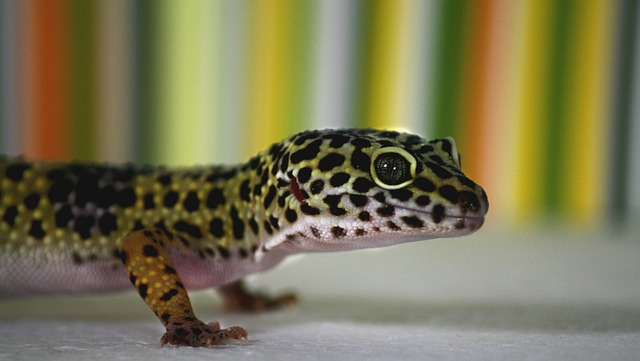
Geckos are fascinating creatures with a unique ability to shed their skin. In order to gain a deeper understanding of this natural phenomenon, it is important to explore the frequency at which geckos shed their skin. By examining this shedding process, we can learn more about the physiological adaptations and regenerative abilities of these remarkable reptiles. Through a comprehensive analysis of the shedding cycles of geckos, researchers aim to uncover valuable insights into their growth, development, and overall health.
Understanding the Shedding Process of Geckos
Geckos are fascinating creatures known for their ability to shed their skin. Shedding, also known as molting or ecdysis, is an essential process for geckos and is crucial for their overall health and well-being. Understanding this shedding process is important for gecko owners to ensure the proper care of their pets.
Importance of Shedding for Geckos
Shedding plays a vital role in the life of a gecko. It allows them to remove old, damaged, or worn-out skin and replace it with a fresh layer. This process helps geckos maintain their skin’s health, elasticity, and appearance. Shedding also enables geckos to grow and accommodate their growing bodies. Adequate shedding is crucial for proper hydration, as it helps to prevent the buildup of dead skin cells and allows the gecko to absorb moisture through its skin.
Factors Influencing the Shedding Process
Several factors can influence the shedding process in geckos. Environmental conditions such as temperature, humidity, and lighting play a significant role. Geckos require specific temperature and humidity levels to facilitate a smooth shedding process. Insufficient humidity can cause the gecko’s old skin to become dry and difficult to shed, leading to complications. Adequate lighting, particularly UVB lighting, is also essential for healthy skin regeneration.
Additionally, a gecko’s diet and overall health impact the shedding process. A balanced diet rich in vitamins and minerals, particularly vitamin A, is crucial for optimal skin health and shedding. Any underlying health issues, such as skin infections or parasites, can also affect the shedding process. Regular veterinary check-ups are recommended to ensure the gecko’s overall health and address any potential issues that may hinder the shedding process.
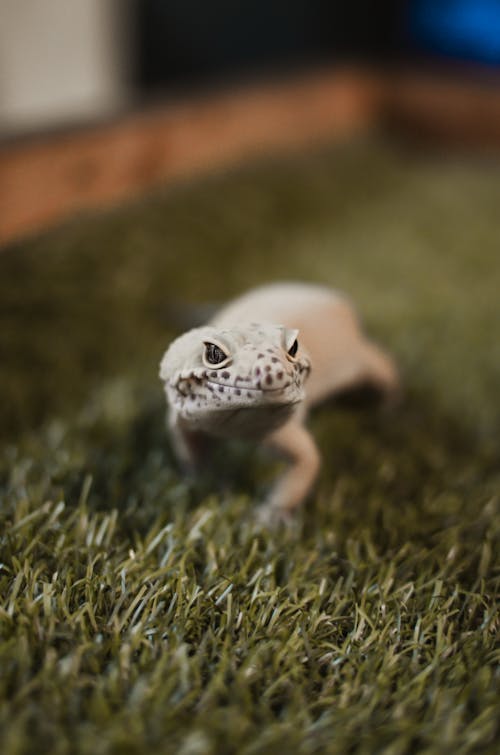
Signs of an Upcoming Shed
Observing specific signs can help gecko owners anticipate an upcoming shed. One common indication is a change in the gecko’s skin color. The color may become dull or cloudy as the shedding process approaches. Another observable sign is the gecko’s behavior. Geckos may become less active, eat less, or hide more frequently as they prepare for shedding. Additionally, their eyes may appear cloudy or opaque, indicating that the shedding process is imminent.
Preparing for Shedding
To assist the shedding process, gecko owners can take several steps to create a suitable environment. Maintaining appropriate temperature and humidity levels is crucial. Providing a humidity hide or a moist area within the gecko’s enclosure can help create the humid conditions necessary for successful shedding. It is important to avoid handling the gecko excessively during this period, as it can cause stress and disrupt the shedding process.
Regularly misting the enclosure with water and providing a shallow dish of water for the gecko to drink from and soak in can help maintain proper hydration. Including natural objects such as rocks, branches, or pieces of bark in the enclosure can also aid in the shedding process by providing rough surfaces for the gecko to rub against and facilitate the shedding of old skin.
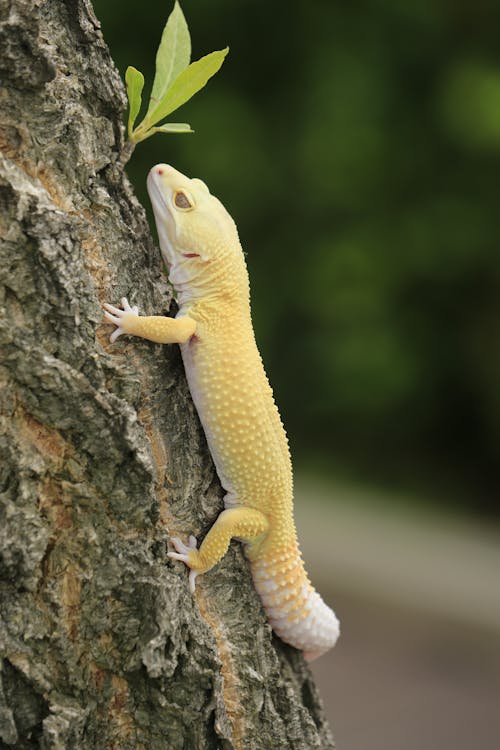
The Shedding Cycle
The shedding cycle of geckos typically follows a consistent pattern. It begins with the appearance of dull and cloudy skin as the gecko prepares for shedding. Next, the gecko’s skin starts to lift and separate from its body, forming small flakes. The shedding process progresses gradually, and the flakes become larger, eventually allowing the gecko to remove the entire layer of old skin. Once shed, the gecko’s skin appears fresh, vibrant, and brighter in color.
The duration of the shedding process can vary depending on several factors, such as the gecko’s age, overall health, and environmental conditions. On average, it takes about one to two weeks for a gecko to complete the shedding cycle.
Molting Behavior and Habitat
During the shedding process, geckos display several behaviors that contribute to the successful removal of old skin. They may rub their bodies against rough surfaces, such as rocks or tree branches, to initiate the shedding process. Some geckos may also lick their bodies or soak in water to moisten and soften the old skin, making it easier to shed.
Creating a suitable habitat for geckos is crucial for successful shedding. Enclosures should include various surfaces and textures for the gecko to rub against, allowing them to initiate and complete the shedding process. Providing hiding spots or a humid hide within the enclosure helps create the necessary conditions for geckos to shed their skin effectively.

Physical Changes During Shedding
As geckos go through the shedding process, several physical changes become evident. The gecko’s skin loses its vibrant color and becomes dull and clouded. Their eyes may appear opaque or milky as the old skin layer covers the eye surface. Additionally, geckos may exhibit changes in appetite and activity level, often becoming less active and eating less during the shedding process. These changes are temporary and generally resolve once the gecko has completed shedding.
How Often Do Geckos Shed Their Skin
The shedding frequency of geckos varies depending on factors such as age, growth rate, and species. Juvenile geckos shed more frequently than adults, as they experience rapid growth during their early stages of life. On average, geckos shed their skin every few weeks. However, some may shed as frequently as every week or as infrequently as every few months. Monitoring the shedding frequency of your gecko is crucial to ensure they are shedding appropriately.
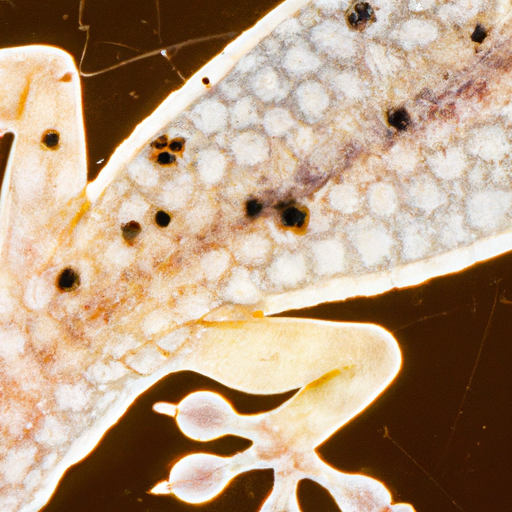
Differences in Shedding Between Gecko Species
Different species of geckos can exhibit variations in their shedding process. Some species may shed more frequently than others, while others may shed more skin at once. Certain species, such as the leopard gecko, shed their skin in small pieces. Others, such as the crested gecko, shed their skin all at once, similar to the process seen in snakes.
Understanding the specific shedding behavior and requirements of the gecko species you own is essential for providing appropriate care and husbandry.
Potential Issues and Complications in Shedding
While shedding is a natural and necessary process for geckos, complications can arise. Incomplete shedding, also known as retained shed, occurs when a gecko is unable to shed its entire skin layer. This usually happens due to dry or rough patches, commonly found around the toes, tail, or eyes. Retained shed can restrict blood flow and lead to serious health problems if not treated promptly. Proper hydration, maintaining appropriate humidity levels, and providing rough surfaces for the gecko to rub against can help prevent retained shed. In severe cases, a veterinarian may need to assist with the shedding process.
Skin infections and parasites can also affect the shedding process and overall skin health of geckos. Regular observation, proper hygiene, and routine veterinary check-ups are essential to identify and address any potential issues early on.
In conclusion, understanding the shedding process of geckos is crucial for the proper care and well-being of these fascinating reptiles. By maintaining suitable environmental conditions, providing appropriate nutrition, and being attentive to their behavior, gecko owners can ensure a healthy shedding process and promote the overall health of their pets.
